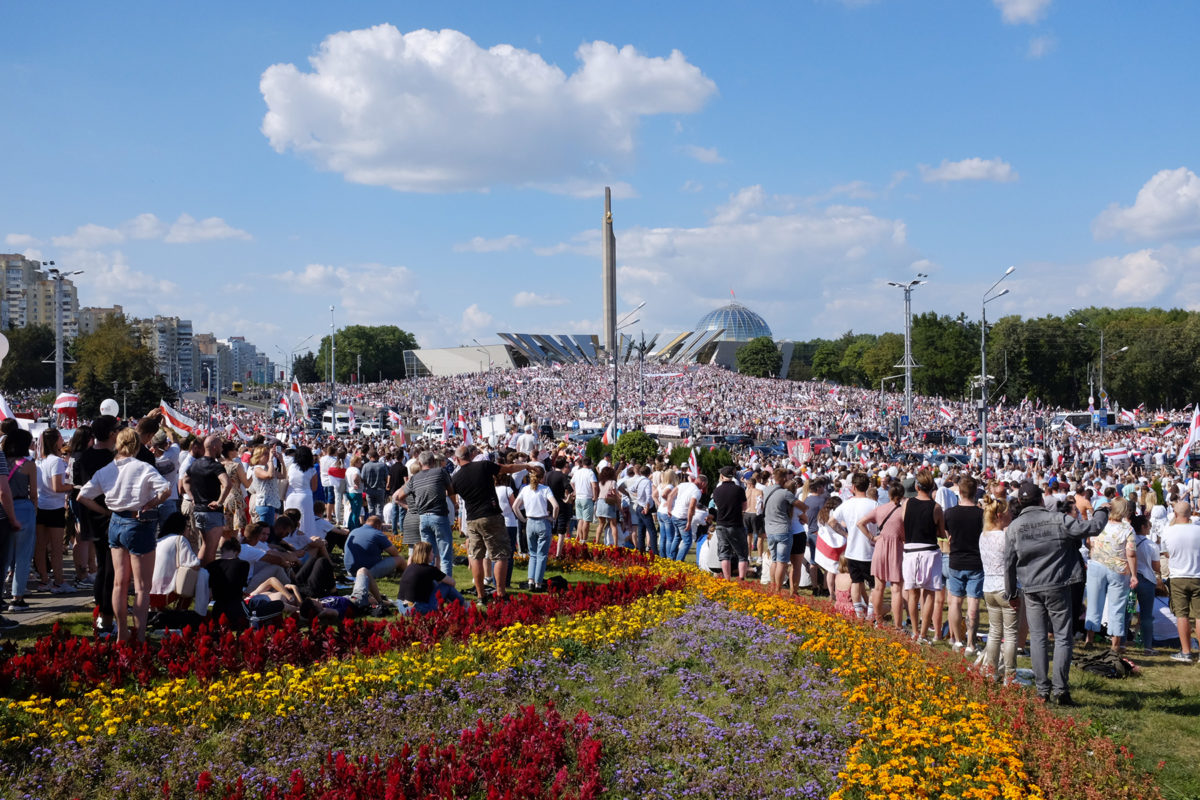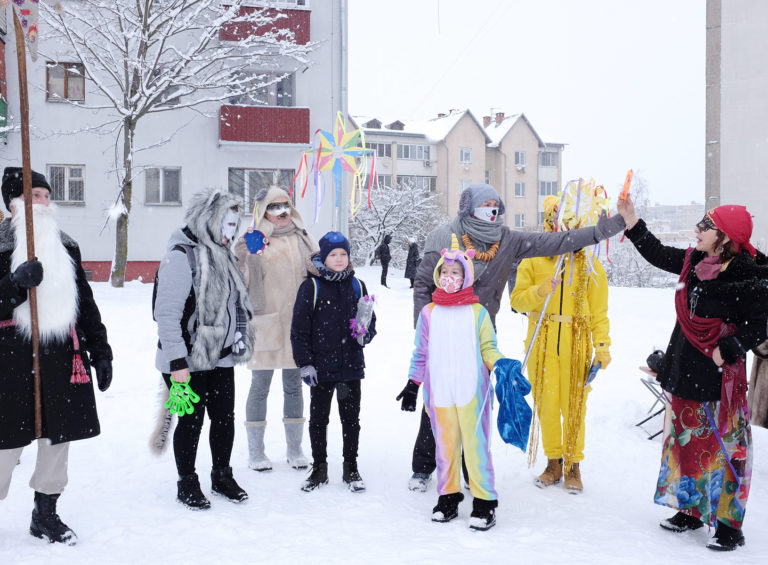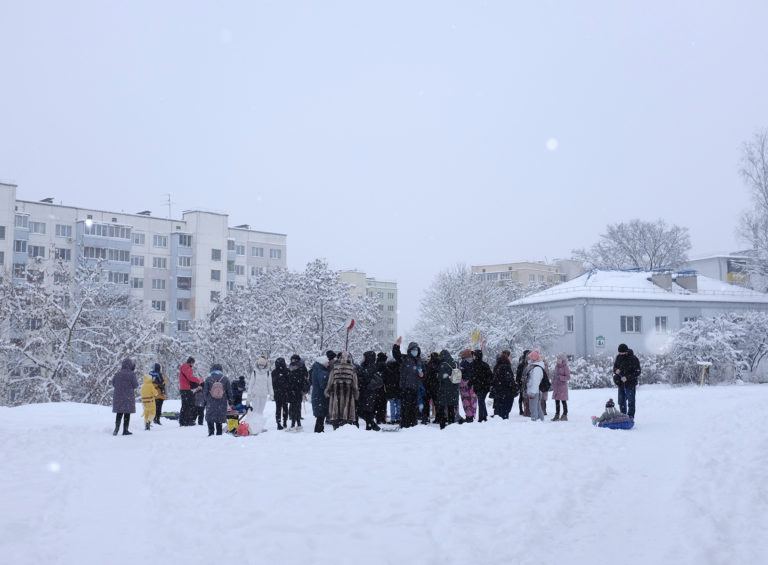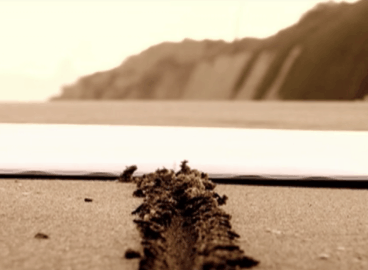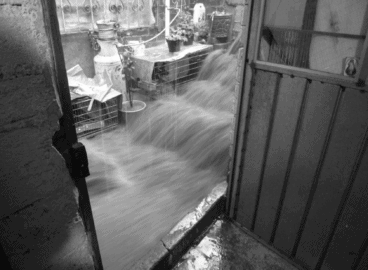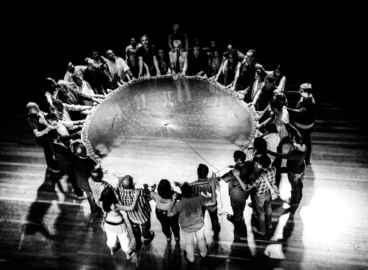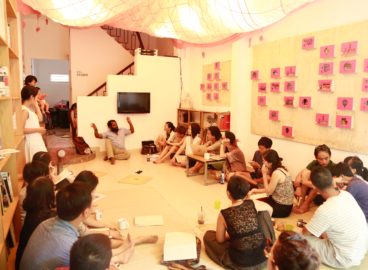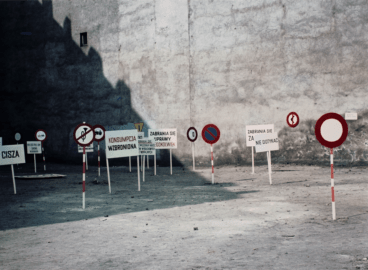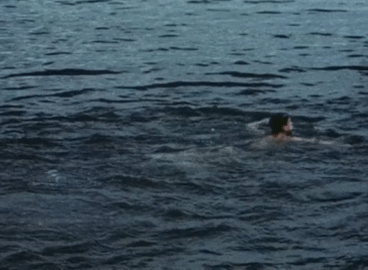In this interview, Belarusian curators Aleksei Borisionok and Anna Chistoserdova discuss the recent political upheavals in Belarus and their impact on the local art scene, highlighting the importance of resistance, self-organization and care, local and international networks, and archival practices.
Inga Lāce: Anna, when I was in Minsk in the summer of 2019, I visited the Ў Gallery, an independent contemporary art space devoted to critical reflection on sociopolitical issues, which you were running at the time but that has recently closed. What happened during this past year that led to the gallery’s closure?
Anna Chistoserdova: Over the course of its eleven-year history, the Ў Gallery of Contemporary Art evolved into a space focused on the professional development of the cultural community of Belarus and the presentation of projects by international artists and curators. It nurtured creative freedom and the exchange of ideas, as well as forged connections between Belarusian intellectuals and representatives of the international community. The year 2020 was incredibly challenging, starting at the end of March with the pandemic-related cancellation of programs, which put the institution on the brink of collapse and ultimately resulted in its unfortunate closure in November. In the beginning of the pandemic, we were approached by the charity organization ByCovid-19, which provides much-needed aid to hospitals and doctors in Belarus. For more than three months, the gallery space served as a warehouse and headquarters for the distribution and delivery of medical supplies and equipment to clinics around the country. For us, this was the only right way to use the space during the pandemic, and it was fully in line with the social focus of our activities as a cultural institution.
In early August, we began to return to our usual rhythm of work, including organizing the group exhibition Touchable Distance. However, the contested presidential election and the wave of protests and repression that followed it quickly necessitated a change in plans. We decided to postpone the opening of the exhibition to a more appropriate time, and in mid-August, launched #заЎтракожныдзень [#tomorroweveryday]—a project space where visitors could safely share their worries and concerns with artists while taking part in collective embroidery-making. The meditative process of sewing eased the stress of trauma and anxiety, at least for a while. At the end of August, a politically motivated criminal case was brought against one of the co-owners of the gallery, and as a result, the gallery office and all of our homes were searched. We ended up opening Touchable Distance in late October despite this crisis, with twenty-eight artists from eleven countries participating. Sadly, it was the Ў Gallery’s last exhibition. Now, in this time of relative standstill for the institution, we have started building an archive that traces the development of the Belarusian art scene over the last two decades.
IL: Aleksei, we met last September in Vienna, where you are currently based. How has it been to witness the mass protests unfold from a distance? Are there international networks or organizations outside of Belarus that are set up to help?
Aleksei Borisionok: I, like many of my colleagues, have worked between “here” and “there.” I have been active in the cultural scene in Belarus, but also living and working abroad. Because of work and visa-related issues, it has been difficult to travel and so I have not been able to be in Minsk as much. But I remember that just before returning to Minsk in October, I perceived the Belarusian uprising in a temporal way—that is, from a distance, with feelings of escalation, patience, acceleration, and exhaustion in turn. In late August, I wrote for Spectate magazine that revolutionary theory is also a theory of time.
It was only after living through the physical space of the city, after the riots that I was able to experience the events more spatially—as my body remembered the maneuvering through, rallying in, running down, and moving along the streets.
Together with other members of the Minsk collective platform Work Hard, Play Hard, I have been testing and developing modes of engagement that transgress notions of belonging, hospitality, and isolation. Actually, the last edition of the event [June 2020] was dedicated to the question of how to be together despite being physically distant.
To answer the second part of your question, we prefer to use our preestablished international networks to connect to and intensify media coverage and representation rather than to activate diasporic ties. However, many of the diaspora communities worldwide have been actively supporting initiatives, for example, donating parts of their salaries to You Strike, We Work, and organizing and funding art exhibitions such as Belarus / Art of Resistance, which was held in Amsterdam.
IL: The protests have been underway for a long time. What kinds of shifts have you noticed in the protests themselves and in Belarusian society as a whole?
AB: I prefer to look upon the protests in a temporal way, as a series of singular moments that can potentially unfold in many different ways. Politically, the situation is still open, and thus can take many directions—but that said, I would like to cite Nadzeya Husakouskaya and Alena Minchenia, who have expressed the idea that there are many things that the protests have permanently changed no matter what happens next: “These bonds and networks, this new sense of meaningfulness—as well as a shared experience of living through grief and pain—cannot be undone in Belarus.” The political experience of self-organizing; creating networks of solidarity and political action; testing the creative, technological, and political models of direct democracies; and participation definitely influences the way society will function in the future.
I also admire how creative and smart the expressions of the protests, which are leaderless and self-organized, have been. For example, after the excess of police violence and many arrests, after huge weekly marches, a new protest form has emerged: the so-called Neighbourhood March. People meet in their yards [dvory], join together on their block, and then unite as a whole district with those from other blocks. Coordinating through Telegram chats, they are able to assemble and disperse depending on the situation. Because there are thousands of participants, the police cannot navigate the crowd in a normal way.
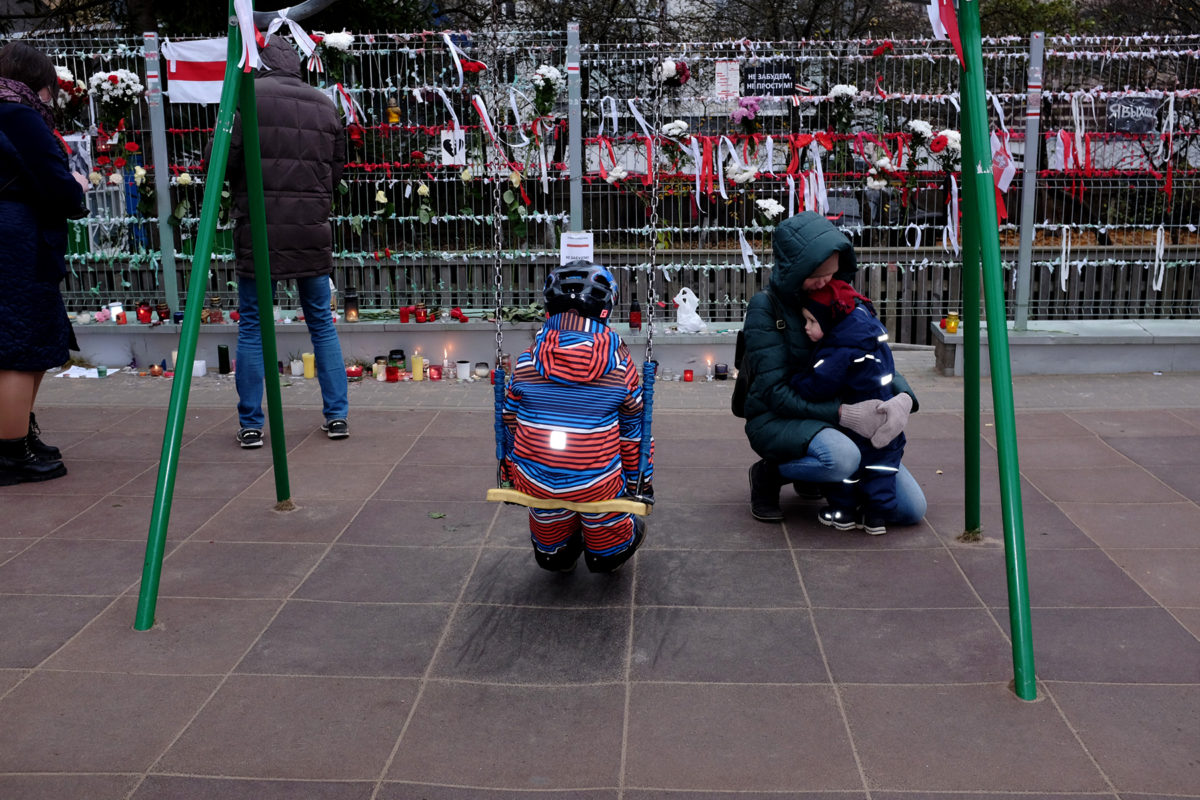
AC: I would like to stress the fact that the protest movement in place for five months in Belarus has remained peaceful on the part of civil society. The process of this consolidation of society, which began in the summer of 2020 and continues to this day, is very new for our country—and it includes the previously marginalized and systematically invisible. There have been marches in Minsk of people with disabilities. Many who used to be apolitical have also participated. One of the most striking aspects of the fight against the dictatorship in Belarus has been the presence of women: there were three female leaders in the election campaign. Women took part in the protest marches in Belarus right after the violent events of August 9–11, and they continue to be active today.
IL: Strong visual language is usually part of the protests, slogans, performativity, and other gestures. How do you see your role as art producer and curator in this context?
AB: In my opinion, the creativity of the streets could be sharper, more expressive, and smarter. There is no need to demarcate the clear borders of professional and nonprofessional artistic practice in this situation. Even though I am working on several projects, I see how important it is not to create hierarchies and not to instrumentalize or decontextualize the manifestations of the protests.
I see the role of curators and producers in their administrative capacity: to self-organize; build solidarity networks; facilitate education, lectures, auctions and other benefit events; pursue media coverage; engage in agitation; and maintain archival records. I also see the roles of cultural institutions and individuals as support structures. Regardless of the precarious situation, some art spaces have been able to present strong artistic responses to the situation—for example, the KX space in Brest featured a group exhibition Faceless, which dealt with issues of anonymity, masking, and opacity; while Konserva art space, which is also in Brest, presented a strong statement from Mikhail Gulin titled (Non)Truth, which explored the absurdity of Belarusian official politics and aesthetics in a playful way.
It is also amazing how many organizations have changed their programming because of the political situation: instead of inaugurating “business as usual,” DOTYK Queer Festival has initiated a series of self-help workshops and programs for local queers; while Minsk Urban Platform, which previously organized projects dedicated to yard self-management, has set up online lectures for yard activists. The yard movement to revitalize and repurpose small public spaces with performances, murals, and gatherings began in the residential neighborhoods, or yards, and has become an essential element of the broader protests and demonstrations.
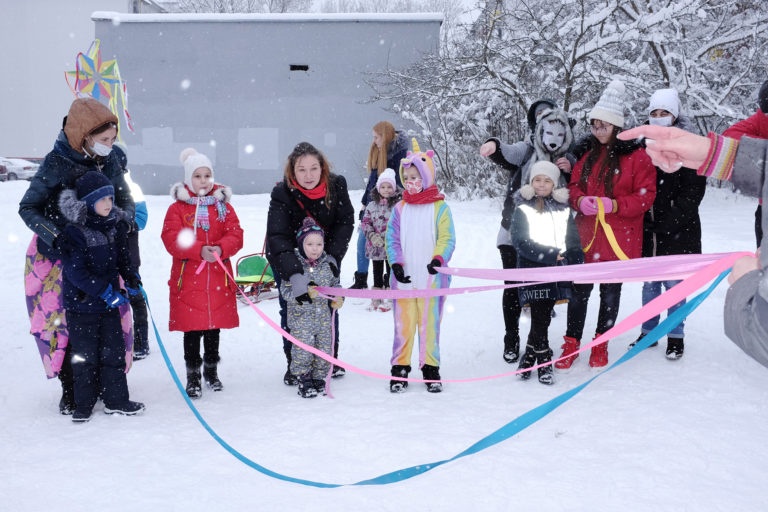
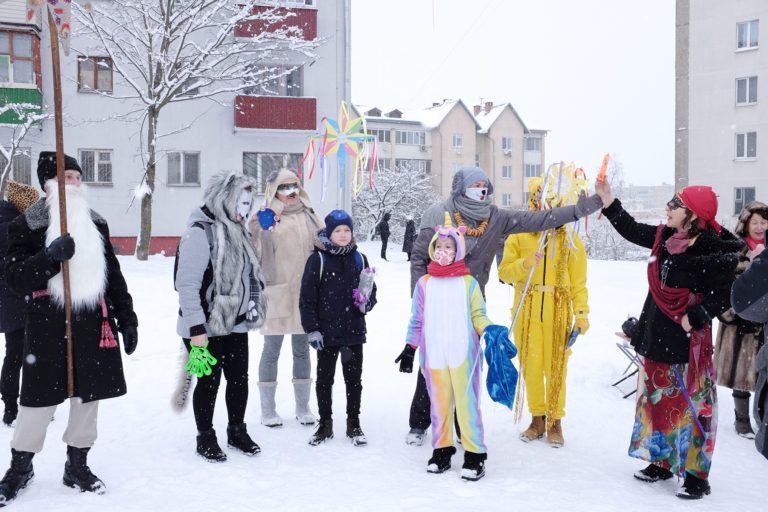
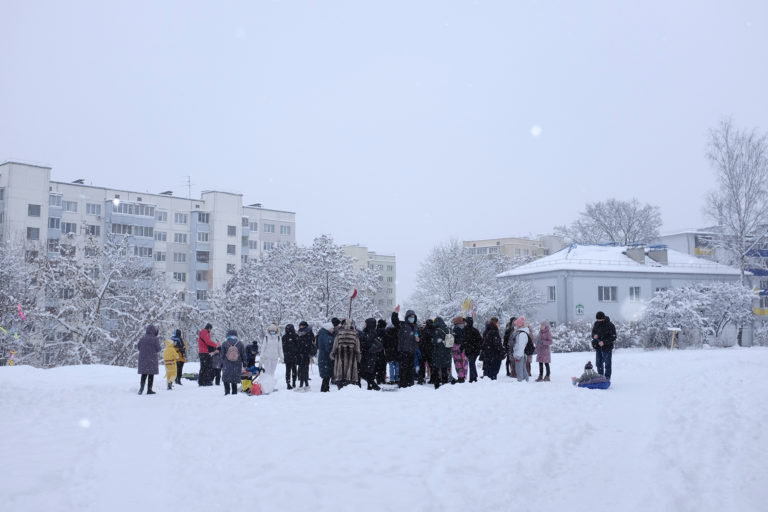
We also have to care for those who are in danger, under constant threat of arrest, or undergoing complete burnout and stress. Many institutions and residency programs have been responsive—for example, Artists at Risk is dedicated to creating opportunities for artists by launching open calls.
AC: Due to the political situation, it is difficult to delineate the framework of curator/citizen, artist/citizen. Given the unprecedented state violence and number of detainees—now more than thirty thousand—Belarusian society is deeply traumatized, and I think it is important to address this collective trauma through art.
IL: Aleksei, I’ve noticed that you are collecting examples of expressions of dissent in Belarus—militant and otherwise—looking at artistic practices that relate to archiving not only the recent protests in Belarus but also protests in general. Could you tell us more about this project?
Aleksei: I was invited to lecture on the politics of archiving at a seminar organized by the Goethe Institute in Minsk as part of the international program “Cultural Management in Digital Age.” In this keynote address, I spoke about how protest art could be collected, and how such an artistic and militant record would not only function as a representation of struggle, but also, be a vehicle of protest in itself. The preservation of a (counter)memory, one that resists state-sanctioned narratives, is extremely important. In the recent protests in Belarus, there were several people killed by police. Yet instead of opening a criminal investigation of the police, state officials brought charges against the people who painted the phrase “Never Forget, Never Forgive” at the site where the protesters were killed. Moreover, the memorial to the young artist and educator Raman Bandarenka, who defended one of the rebellious yards and died in November after being kidnapped and injured by paramilitaries, was destroyed by Minsk police and city representatives. In this latter situation, to remember really means to fight—as one anarchist banner claims—as the (counter)memorial and the effect of mourning mobilize political action. The archive can likewise trigger and preserve memory in order to reshape the past into scenarios for possible futures. Among the vernacular archives and collections of protest songs, gestures of solidarity, and radical objects developed, there have been projects such as cultprotest, which was initiated by artists Maxim Tyminko and Sergei Shabohin; Social Marble by Sergei Shabohin; and the archive of Chrysalis Mag.
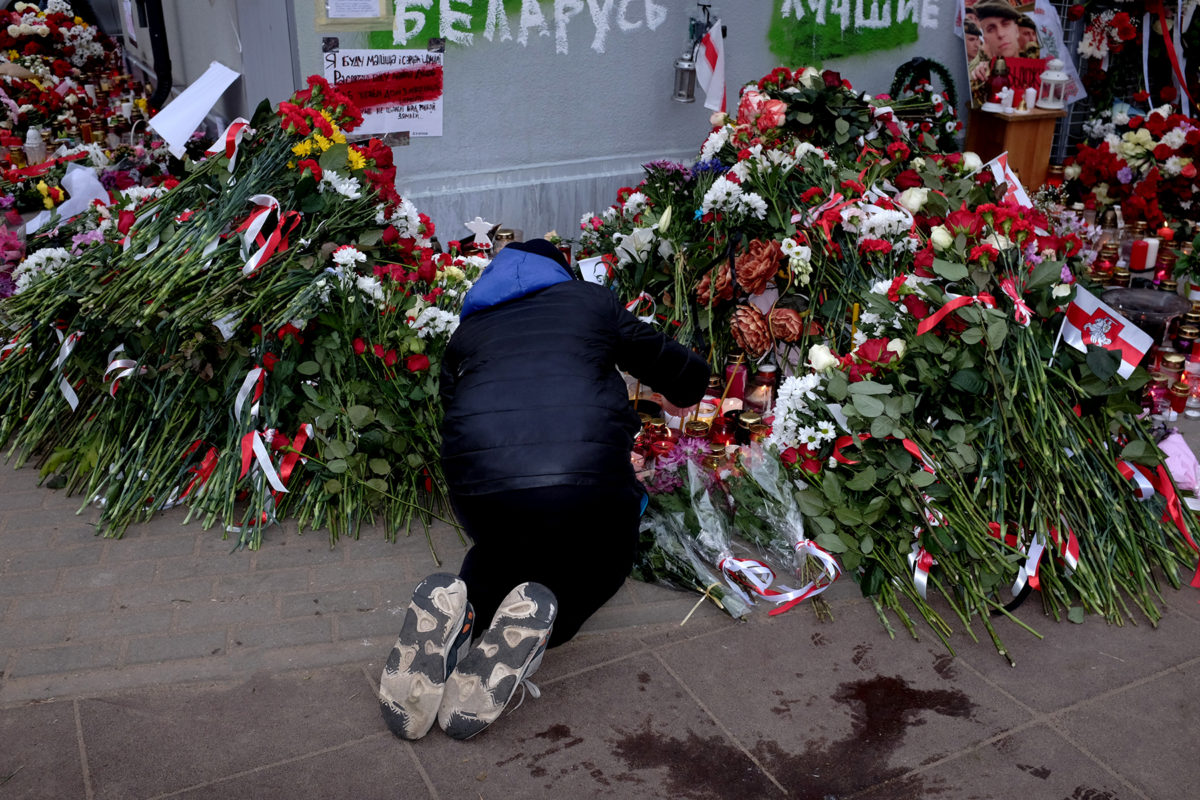
IL: What is perhaps misunderstood in the current representation of the struggle?
AB: There is a cliché epitomized by Slavoj Žižek’s article for the Independent. Žižek claims that “the ongoing protests in Belarus are catch-up protests, the aim of which is to align the country with Western liberal-capitalist values” and so on. Actually, the situation is much more complex: underlying the implicit threat of Western neoliberalism, there is a very tangible attack from the other side: rampant Russian capitalism that is not only theoretically but also practically privatizing state companies and infrastructures in Belarus. Therefore, Belarusian protests are not simply about catching up: their prefigurative forms of political organizing are actually illuminating the future—and not only the future of a single country, but also of a much broader geopolitical area.
IL: How has the cultural field survived and reacted to the protests inside Belarus—from the state cultural institutions and museums to smaller NGOs?
AB: The notion of labor unrest took form as a set of various activities of disruption—strikes, picket lines outside of institutions, and the publication of statements and open letters. The voice of the state cultural institutions was notably loud, questioning the lack of autonomy and the instrumentalization of culture and arts in the official cultural policies. A powerful manifestation was the protest action “The Art of Regime,” in which different groups united in protest of the violence following the announcement of the election results. Organizers saw exhausted defiant bodies as a biopolitical raw material, where power was inscribed through violence in order to coerce, rule, and control—practicing, namely, a specific “art of governing.” [To learn more, see Aleksei Borisionok’s article “Arresting Images, Arresting Bodies” in L’Internationale Online.]
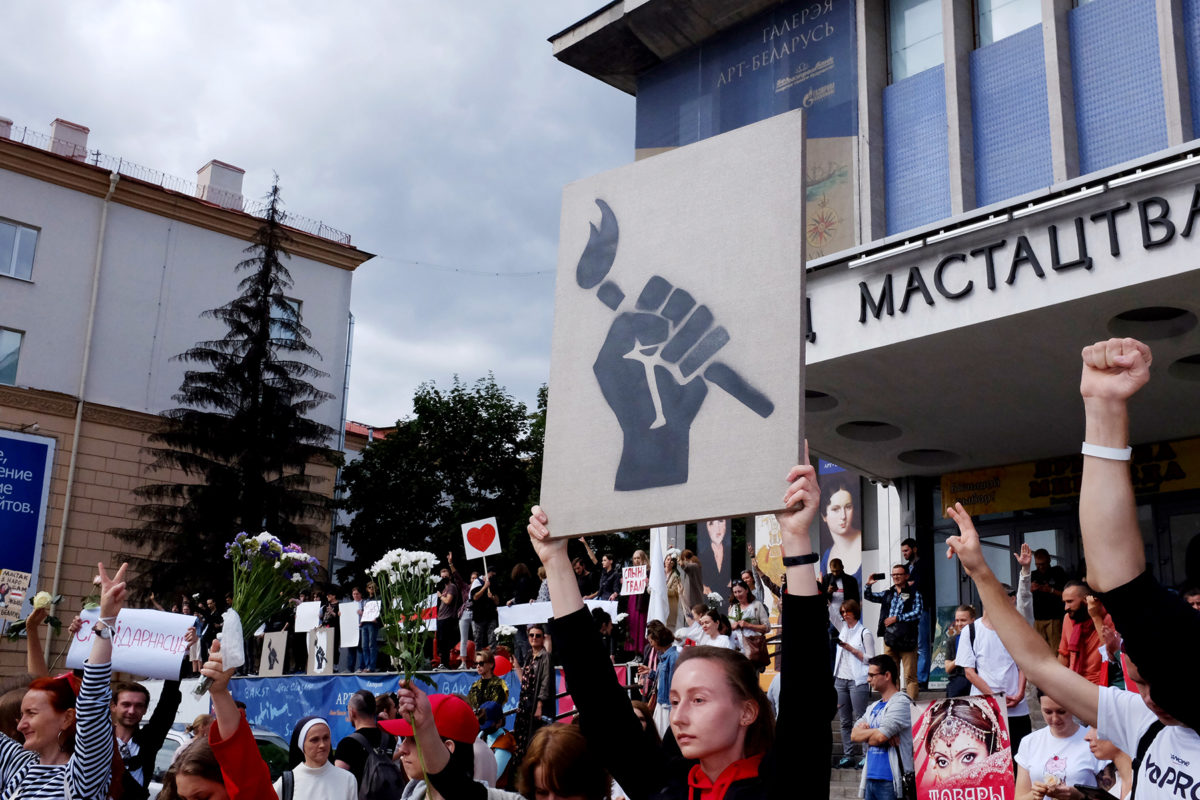
Many of the protestors have experienced backlash in the form of firings and detentions, among other retributions, and even though the beginning of 2021 feels like a moment of recomposition for both the state apparatus and the protest movements, the energy has not vanished.
